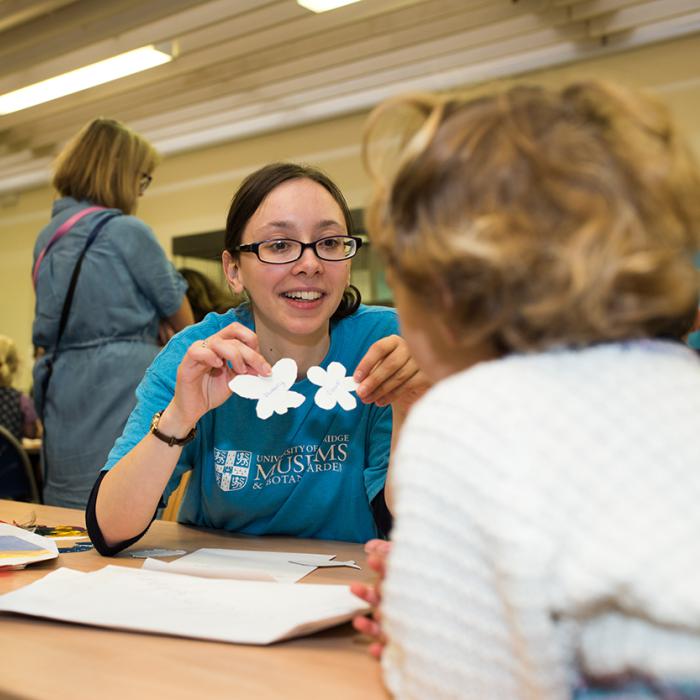Visit the Polar Museum and try out our re-launched interactive Arctic Ice Exhibit. Spin the wheel to discover how Arctic ice cover has changed over the last century. Learn how we sense temperature with one of our self-led activity boxes.
For all ages. Drop-in any time
Part of the Cambridge Zero Festival.
From late 13th and early 14th century, the Akan people of southwestern Ghana and southeastern Ivory Coast developed a weighting system to measure gold dust, which was the form of currency. Beyond their transactional use, the importance of goldweights lies in their ability to communicate the multifaceted cultural practices and worldview of the Akan people, but also the underlining systems and structures they created.
Visit the Museum of Archaeology and Anthropology galleries after-hours. View their latest exhibition COLOUR: Art, Science and Power and enjoy activities inspired by the themes of the exhibition.
Join Uncomfortable Cambridge for an interactive walking tour to explore the connections between Cambridge and Empire.
Through questions and group discussions the tour will explore local entanglements with the transatlantic slave trade, and ongoing- legacies of imperialism. It will consider the uncomfortable histories surrounding museum collections, and academic pursuits. As well as leading the group to reflect on current issues of equality, history and memory, and how easy it is to escape objectivity.
Sign up to this creative workshop with artist Aida Wilde, where you will have the opportunity to learn new techniques making your own artwork based on Aida’s piece ‘Dreamboat II’.
The Greek and Roman body is often seen as flawless – cast from life in buff bronze and white marble, to sit upon a pedestal. But this, of course, is a lie.
A jaw dropping show…
Everything that’s beautiful about American art is in Howardena Pindell’s abstract canvases from the 1970s.
This exhibition integrates insights from the arts, humanities and the sciences, bringing together extraordinary objects and artworks from different times and places. COLOUR showcases remarkable and diverse collections from across the University of Cambridge museums, libraries and colleges.
Join Stu Hanna in this exciting song writing course inspired by our new exhibition Defaced! Money, Conflict, Protest.
No previous experience needed. Includes the opportunity to show your work after the course is finished at the Museum Late on Wednesday 30 November.
Please note this is a 4-sessions workshop happening on Saturdays 9, 12, 19 and 26 of November.
Ticket bookers will also have a 10% discount at the Courtyard Café.
An incredibly exciting chance to experience the museum after hours and explore Defaced! Money, Power, Conflict, whilst enjoying drop-in creative workshops, live performances, and drinks.

